I had spent another morning doing battle with the proliferous wild grape that grew across my rock wall border. I had nothing against grapevines, especially when they bore fruit (which these vines did), and I’d collected bunches to make into jelly.
But once they climbed my rock wall, took aim at my lush tree line, and launched their attack — well, they had to go. As the grapes climb, they kill the trees. It was either the wild grape or my tree line.
I browsed my gardening resource for ideas to obliterate the grape plague. Instead, I stumbled upon a type of grape that didn’t invade other trees — didn’t strangle a tree’s foliage and crawl over everything green.
Known as the Brazilian grape tree or jabuticaba (Myrciaria cauliflora), the fruit and the flowers of this grape tree actually grow on the tree trunk. And there are no strangling vines to destroy other vegetation. Unusual? Very much so. Sadly, they’re only grown in a specific geographic area: Brazil.
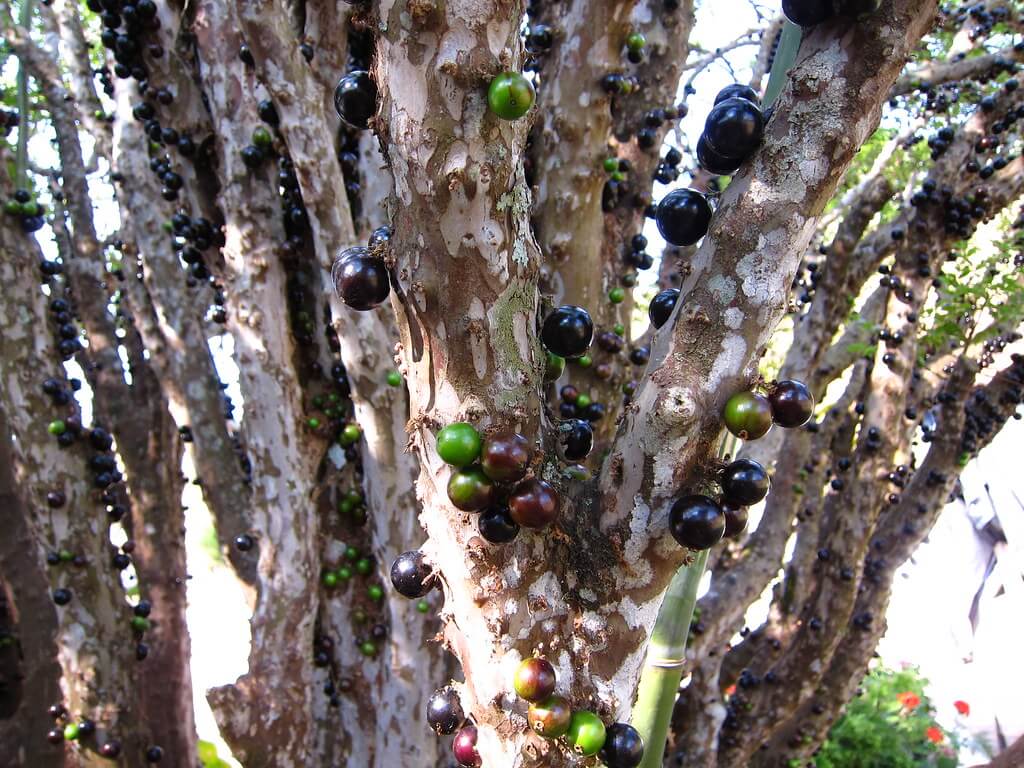
Native to the southeastern region of Brazil, this grape tree has been nurtured since pre-Columbian times. The Tupi people named it jabuticaba: jabuti meaning tortoise and caba meaning place. The Brazilian grape tree grows in places where there are lots of tortoises. As the fruits mature and fall to the ground, the tortoises have a feast in the shady mulch beneath the trees.
Related Post: Wild Grapes
It takes a long time to grow a Brazilian grape tree from seed, but once established, it can grow to 15 meters in height, and it’s considered an evergreen as it has the potential to sprout leaves and fruit all year long. In fact, given the warm climate of southeastern Brazil, this tree has been known to produce 2-5 crops annually as long as the tree is sufficiently irrigated. With white blossoms that hug the trunk, the tree in bloom, looks like it’s covered in snow.
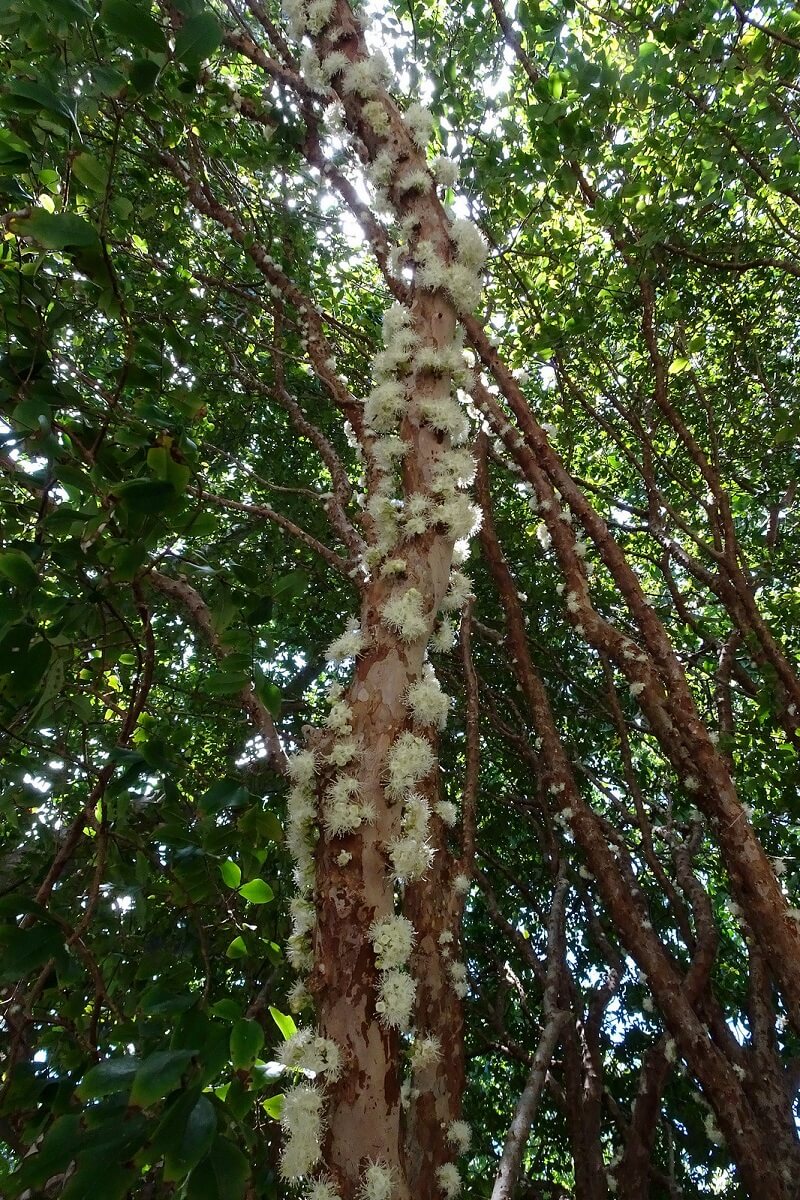
In 1904, the tree was introduced to California, but it didn’t survive. A smaller variety grows in southern Florida, but it remains a tree that only does well in tropical climates.
Other varieties grow in Argentina, Peru, Bolivia, and Paraguay. A member of the Myrtaceae (myrtle) tree family, the Brazilian grape tree is related to the eucalyptus tree, allspice, and guavas. They are indeed unique and are grown as miniature trees by people who enjoy bonsai, particularly in Taiwan and parts of the Caribbean.
Related Post: Osage Orange Trees: Durable Hardwood With Alien-Like Fruit
The tree is definitely unique, but it’s the fruit that makes it worth growing. The grape-shaped nodules that project from the trunk and branches are about 1-2 inches in diameter. Much like the muscadine grapes of the southern regions of North America, the Brazilian grape has larger seeds, usually 1-4 per fruit. When ripe, the grape ranges in color from bright green to purple-black, red-purple, and burgundy-purple. It tastes spicy and slightly acidic.
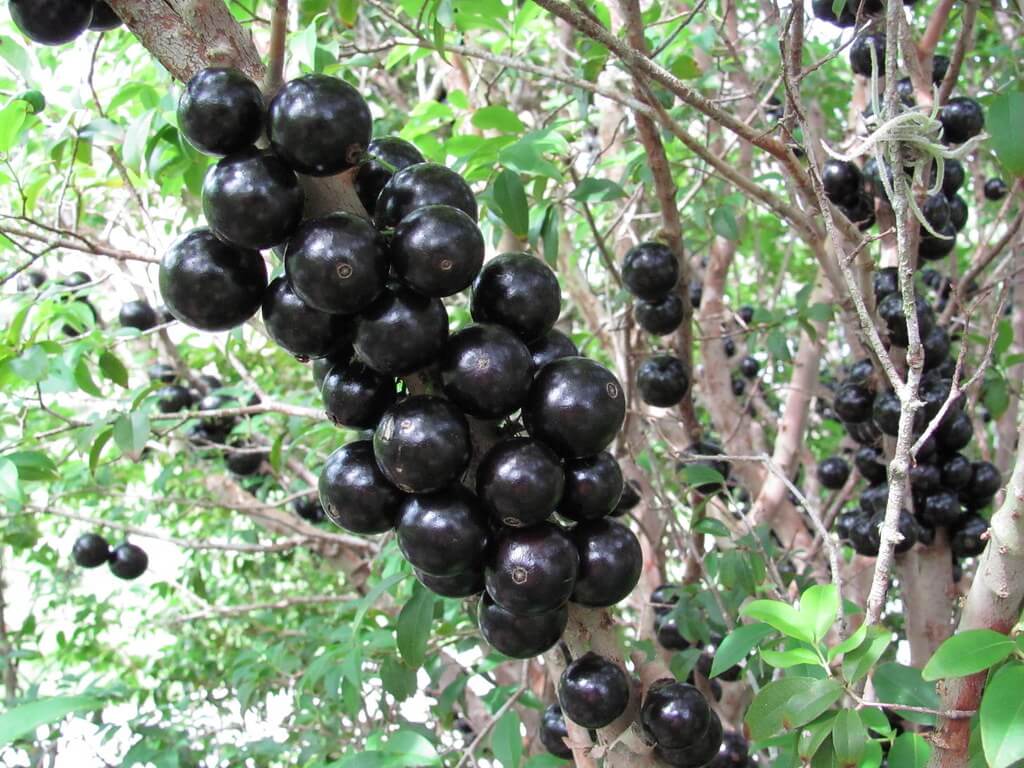
The outer skin isn’t eaten. It’s bitter and astringent with a high tannin content that can be harmful if eaten frequently in large quantities. However, the white, gelatinous flesh underneath the skin is very popular fresh off the tree or made into a wide variety of sweet concoctions including jams, marmalades, desserts, and wine.
A new harvest of Brazilian grapes is highly anticipated locally. The fruit perishes quickly, usually within 3-4 days, making export impossible, so the fresh fruit is only sold close to the areas where it’s grown.
Related Post: Growing Grapes
The Brazilian grape skins may not be eaten, but they do have medicinal qualities. Sun-dried, the skins are used in traditional medicine to treat asthma, diarrhea, chronic tonsillitis, and sore throats. The fruit itself contains many beneficial vitamins and minerals including vitamin C, some of the B vitamins, calcium, iron, and phosphorous.
While Brazilian grape trees are limited geographically to the area where they grow well, there are related, more cold-tolerant species like the Myrciaria tenella. However, all jabuticaba species are subtropical and prefer a consistently warmer climate.
Enjoying the fruit of the Brazilian grape tree may not be possible for those living in the northern climates, but one can enjoy studying the unique qualities of the tree itself. The Brazilian grape tree is truly unique.




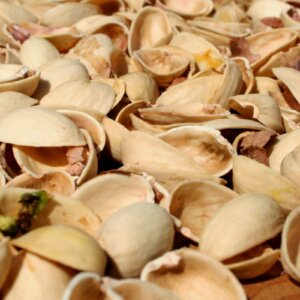

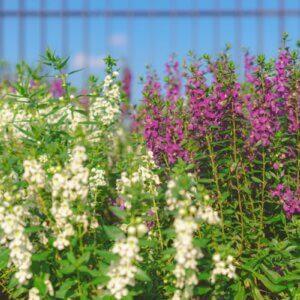
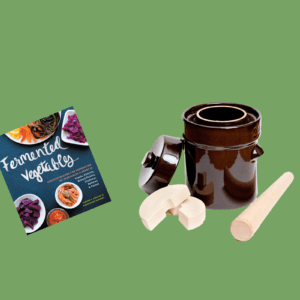

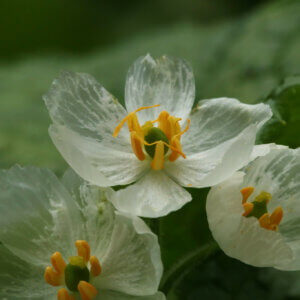

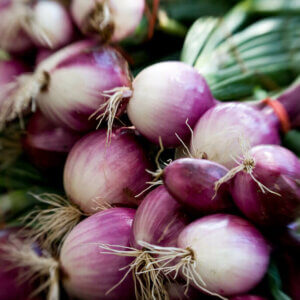




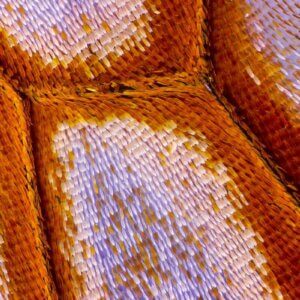
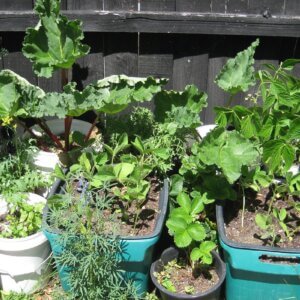
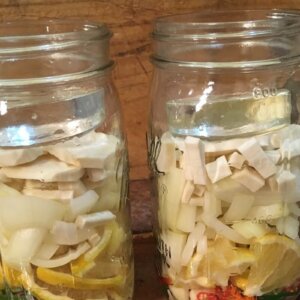
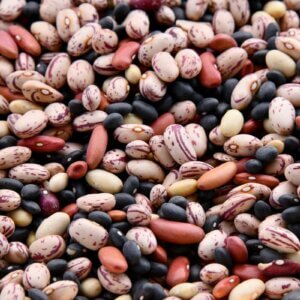
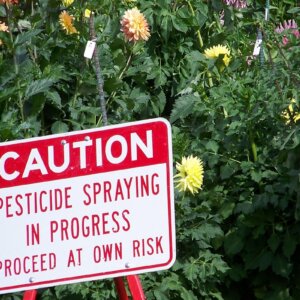
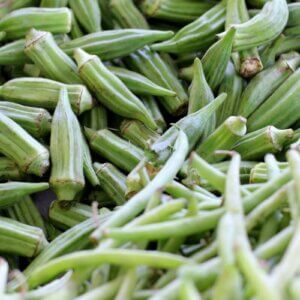


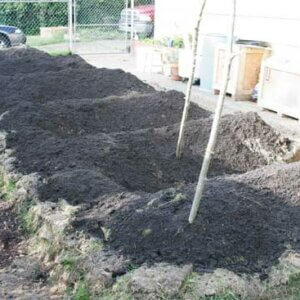

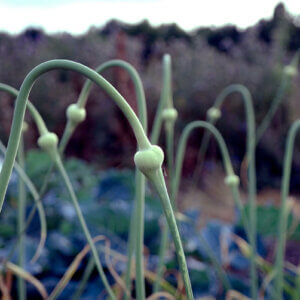
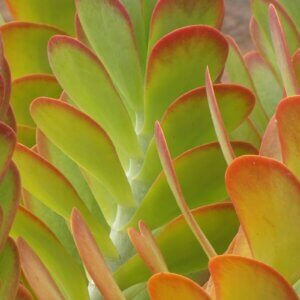
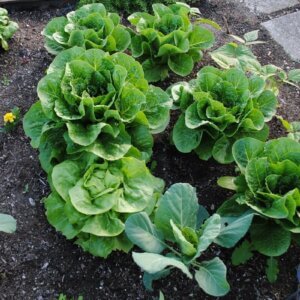


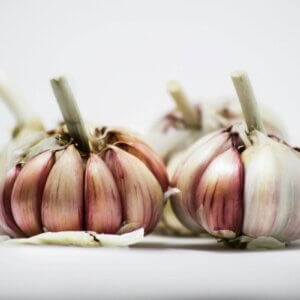



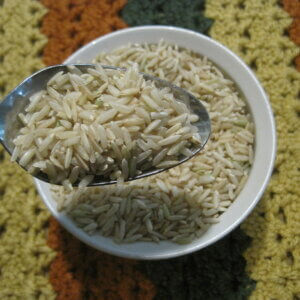
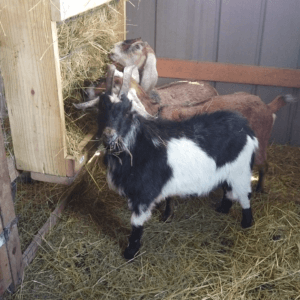


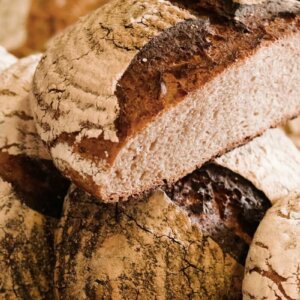
Excelent post. I’m from Brazil and I never ate the jabuticaba. I live in deep south of Brazil, and it’s really cold in here. The tree will grown at my city, and we can not buy because it’s really perishable. An excelent alternative for the cold climates is the orange and the tangerine, that we know as ‘bergamota’. This fruit is the one of the most iconics of the region I live. Both makes excelent jelly, juice and even the fruit is delicious. The tree may have about 4 meters tall and make fruits 1 time every year. And the tree lives more than 30 years.
interesting fruit, i hope one day i can try when i visit brazil, too bad it’s perishable quickly